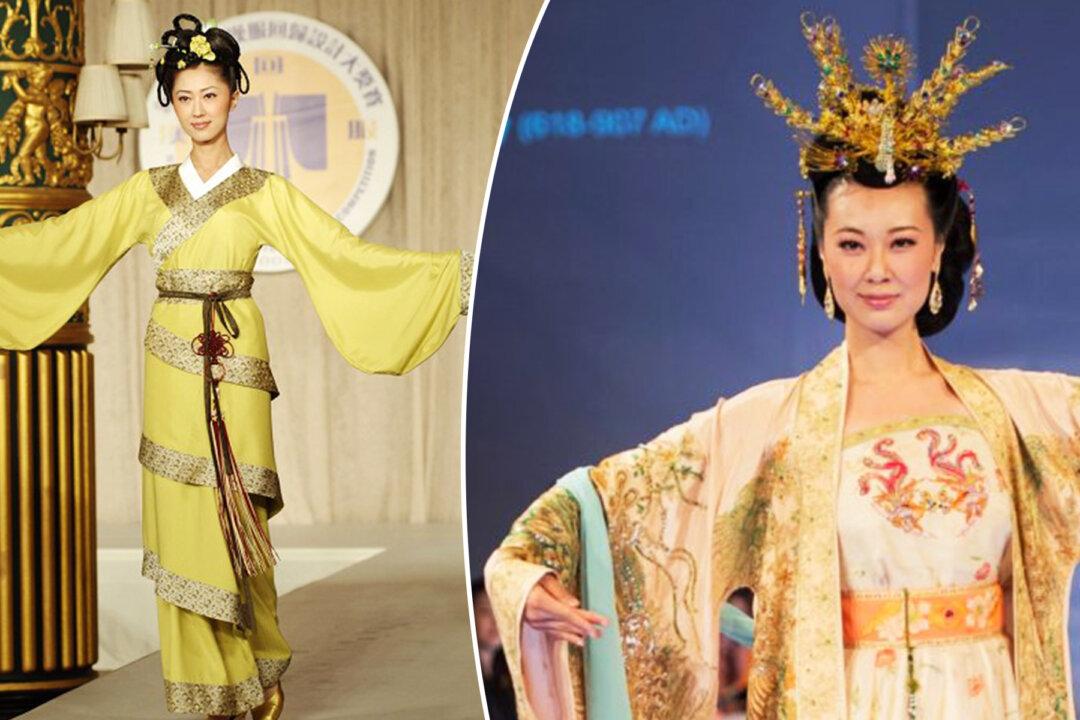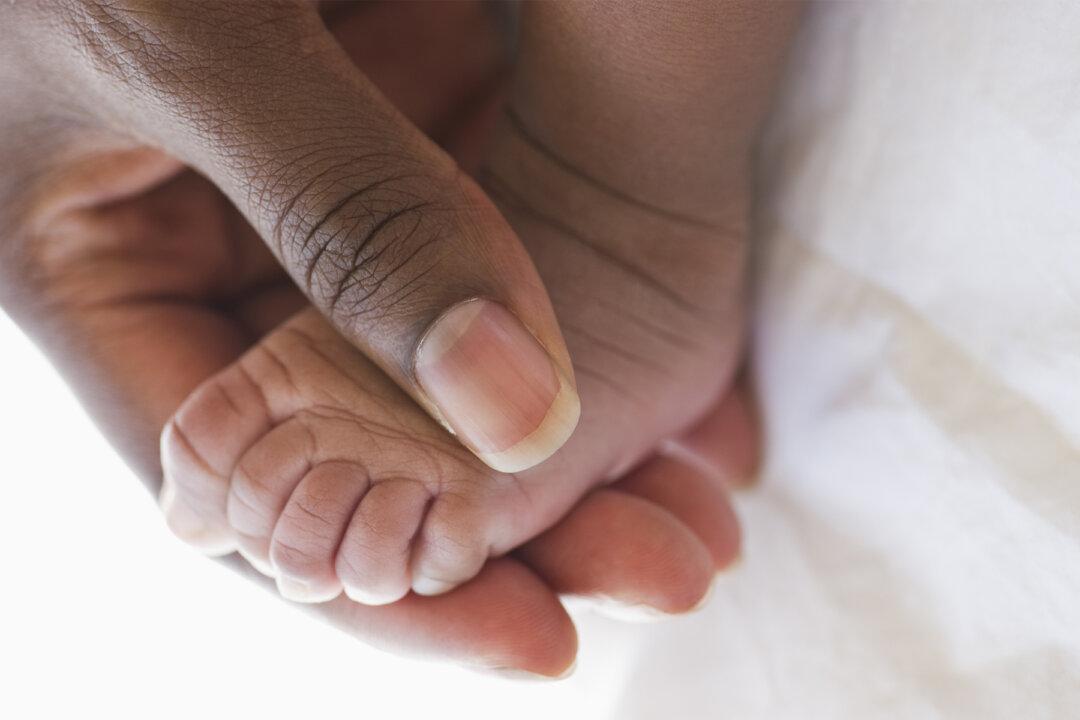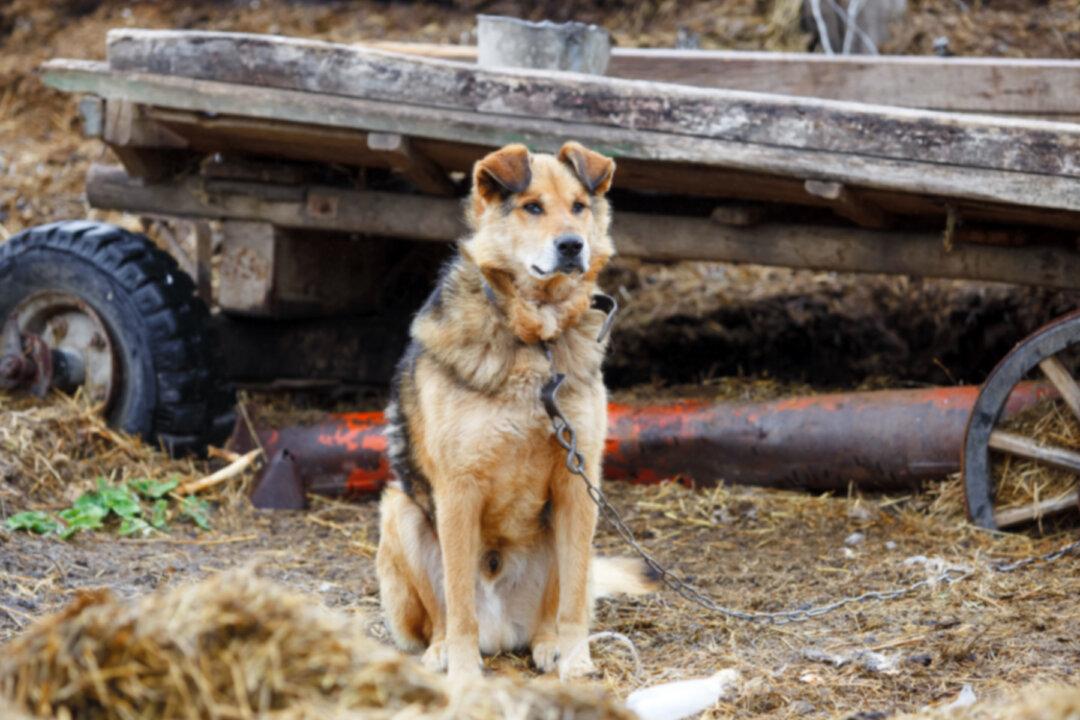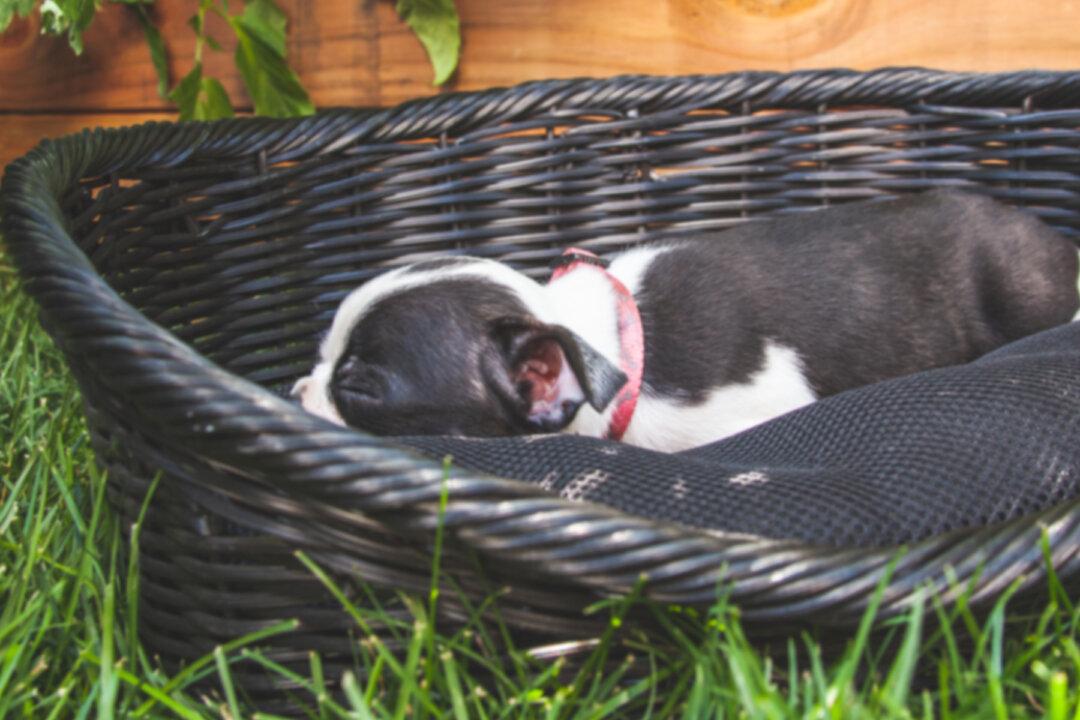China, with its 5,000 years of civilization, was once known as “Shen Zhou,” which translates to The Divine Land. It was said that the deities passed down this rich culture from the heavens, including music, medicine, calligraphy, and beautiful attire.
Most people perceive the “qipao” to be the quintessence of traditional Chinese dresses, but in fact, the qipao is the traditional clothing of the Manchus, and not the Han Chinese. Moreover, the modern qipao is very different from the traditional version.





